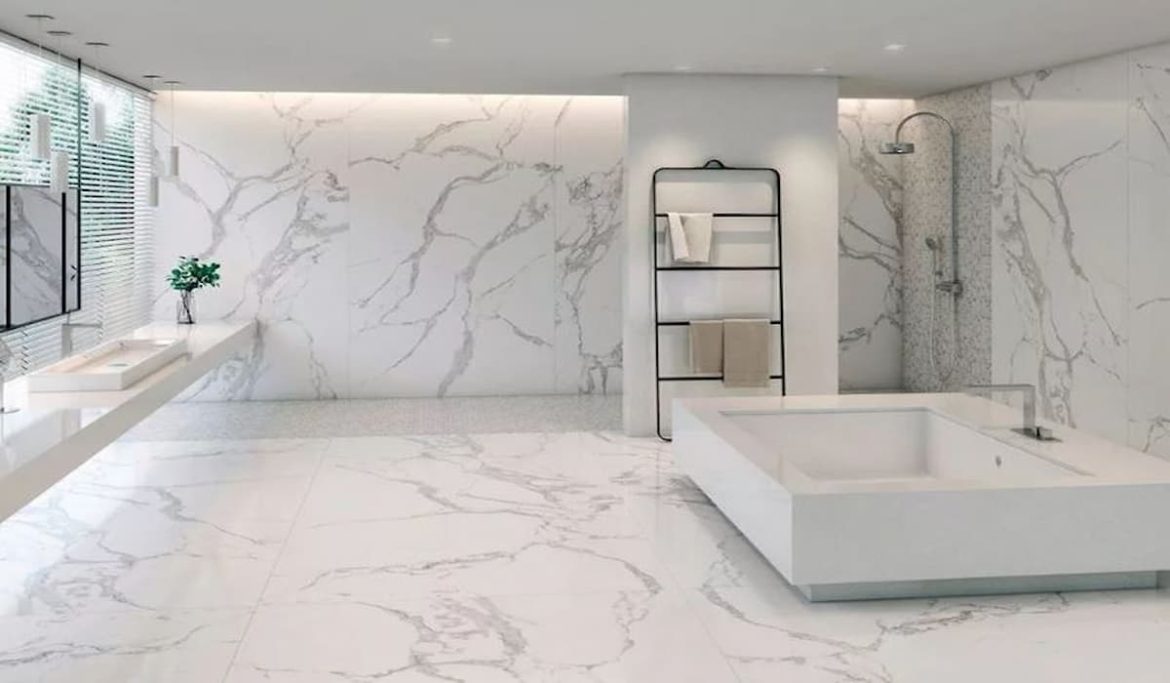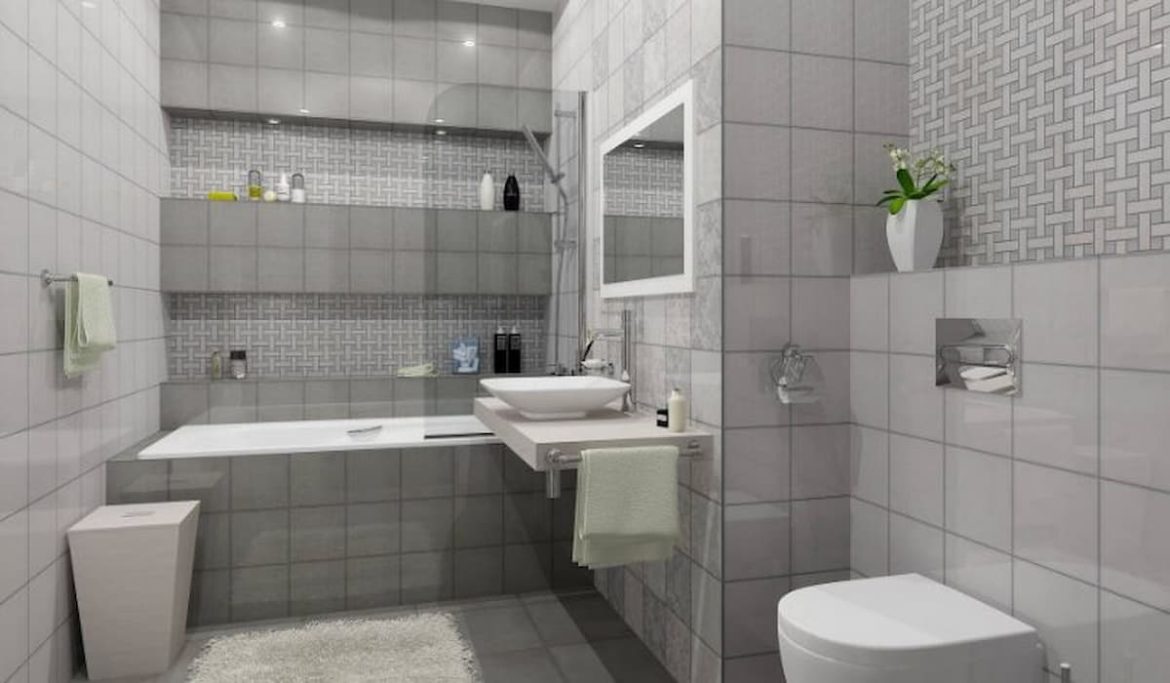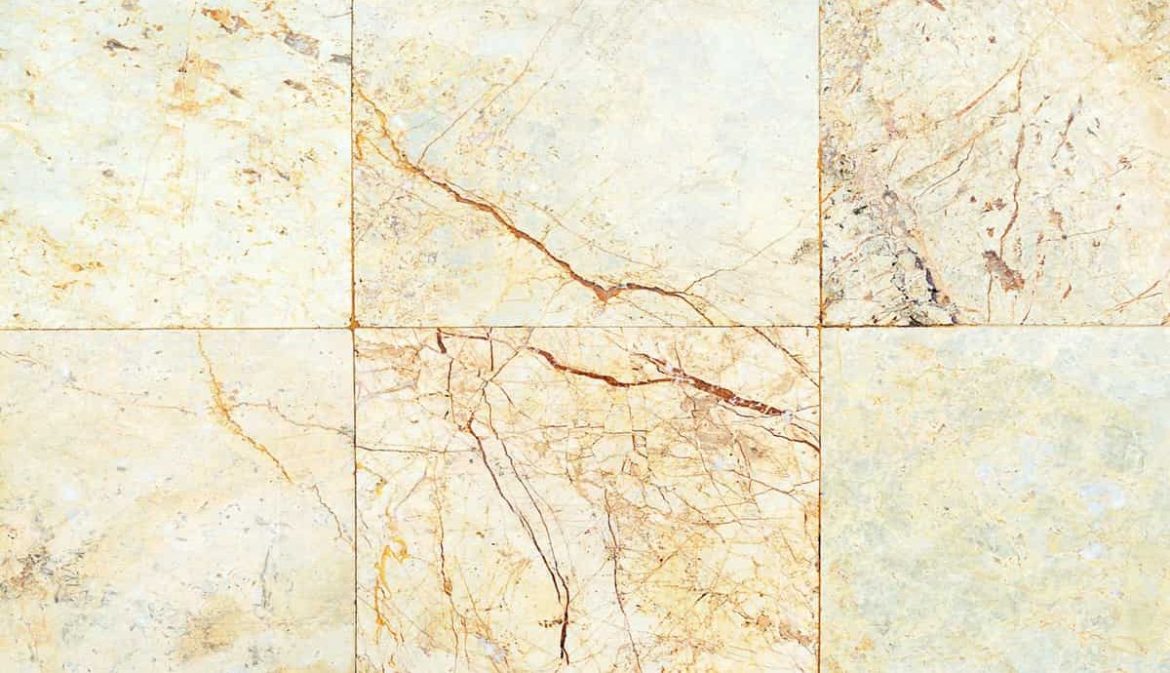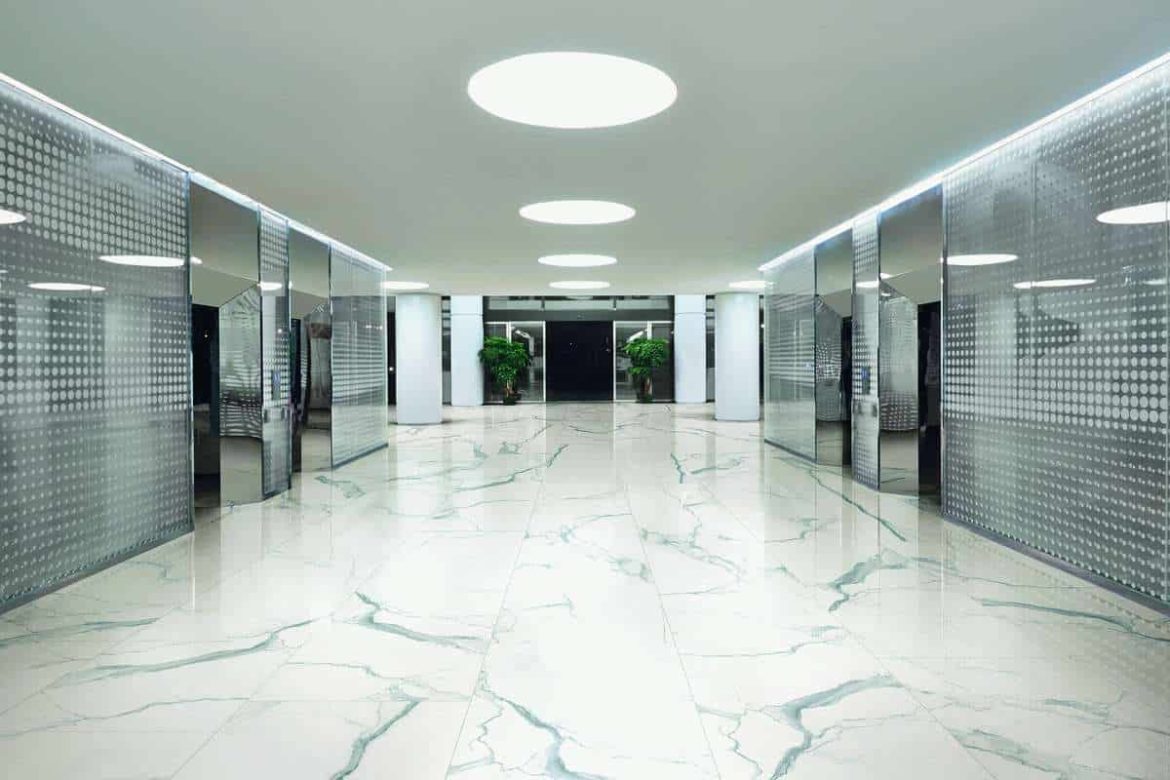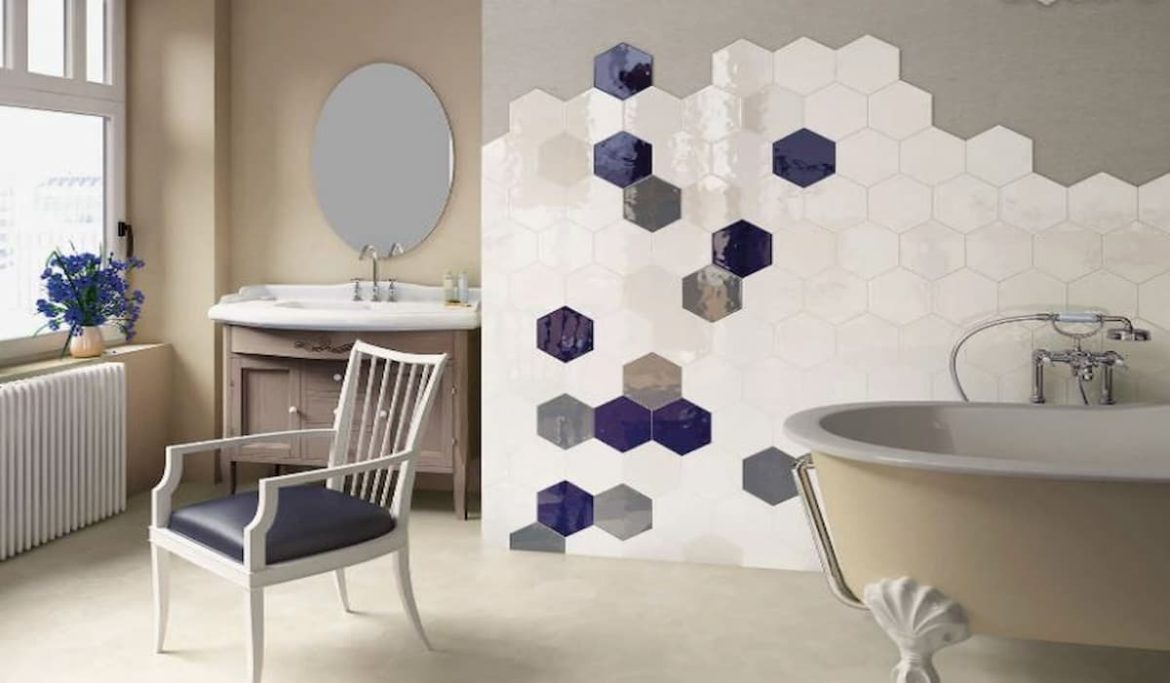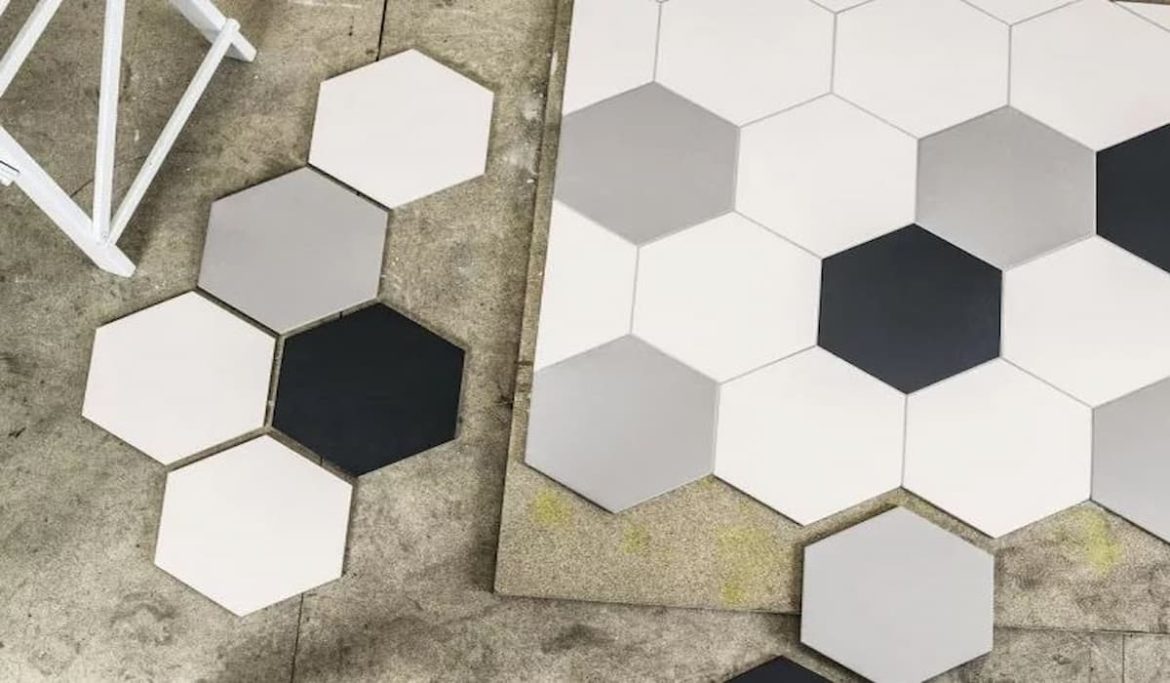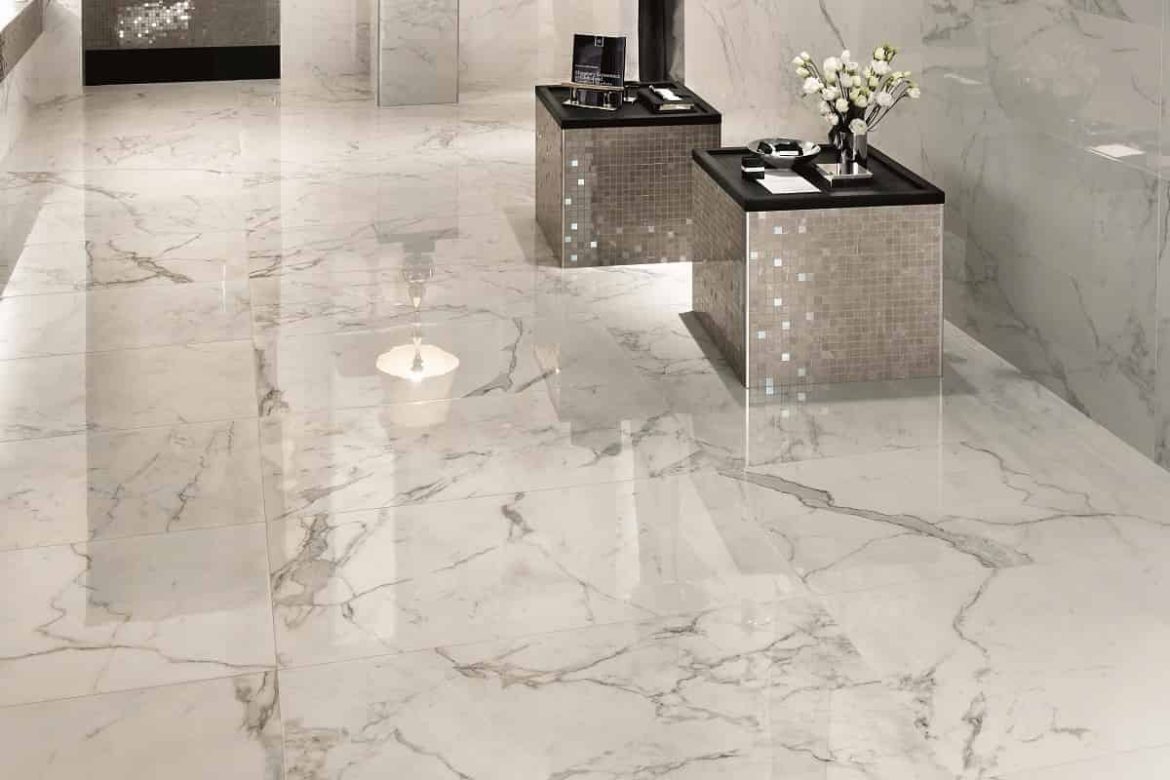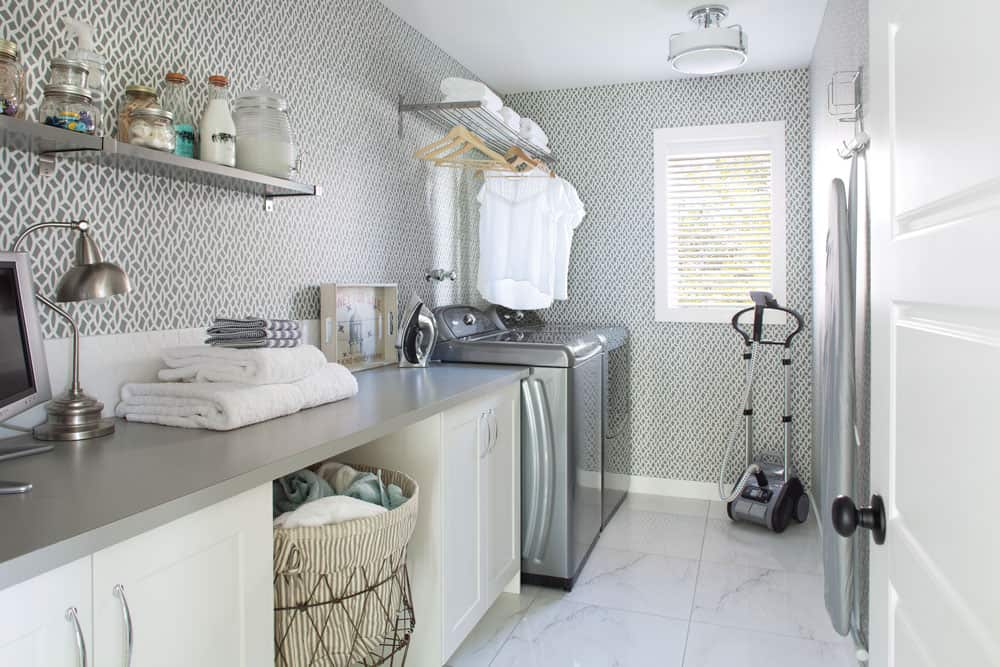Best Marble tile floor + Great Purchase Price
Marble versus granite: which is a better material for flooring in entryway homes? Although both are extracted from the ground and have a stunning natural appearance, they are made of completely different materials and have very different characteristics
The degree to which these materials are porous is the primary distinction between them
With a small number of notable exceptions, such as the marble that is extracted from quarries in Danbury, Vermont, marble is often softer and more porous than granite
Imperial Danby marble is one of the few types of marble that has an exceptionally high density
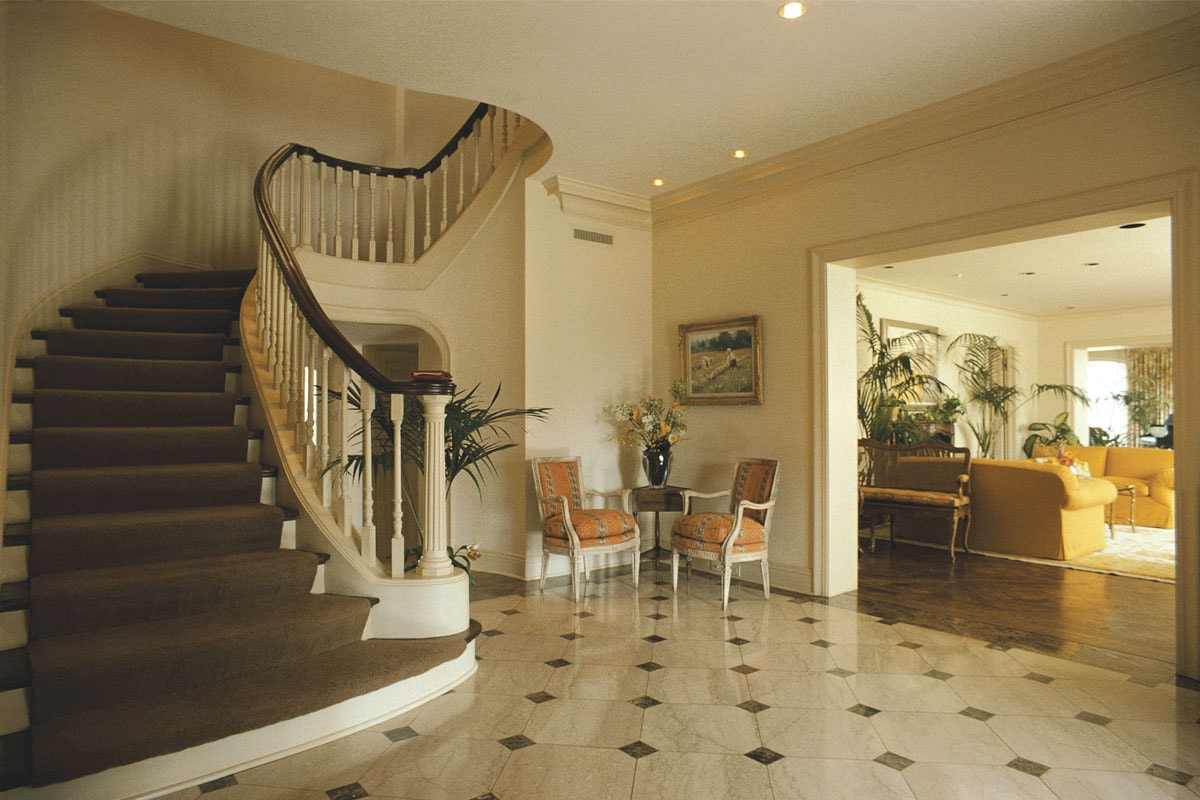
The crystalline structure of granite, which is an igneous rock, gives it increased resistance to abrasion, staining, and discoloration
In point of fact, it is the hardest of all the naturally occurring stones
Let’s have a look at granite and marble, as well as examine their benefits and drawbacks as flooring materials so that we can help you decide whether marble or granite would be better suited for the flooring in the entryway of your home! Marble and granite are magnificent natural stones developed in the earth over the course of millennia; nevertheless, the processes by which they were made in the earth are completely distinct from one another
Granite is an igneous rock, which implies that it was once molten and was produced as it cooled deep within the earth’s crust
This process occurred deep within the earth’s crust
It is mostly made up of quartz crystals, but it also contains other minerals like feldspar and mica, as well as a number of other minerals that can be seen dispersed throughout the stone in the form of microscopic flecks or veining
What distinguishes one stone species from another is its mix of minerals, both in terms of quantity and composition
On the other hand, marble is composed of a single crystal; more often than not, marble is composed of calcium carbonate or limestone
After thousands of years of being subjected to extreme heat and pressure, the limestone eventually turns into marble as a result of transformation
During this process, the crystalline structure of the marble is altered, and additional minerals are introduced
This results in the characteristic veining of marble
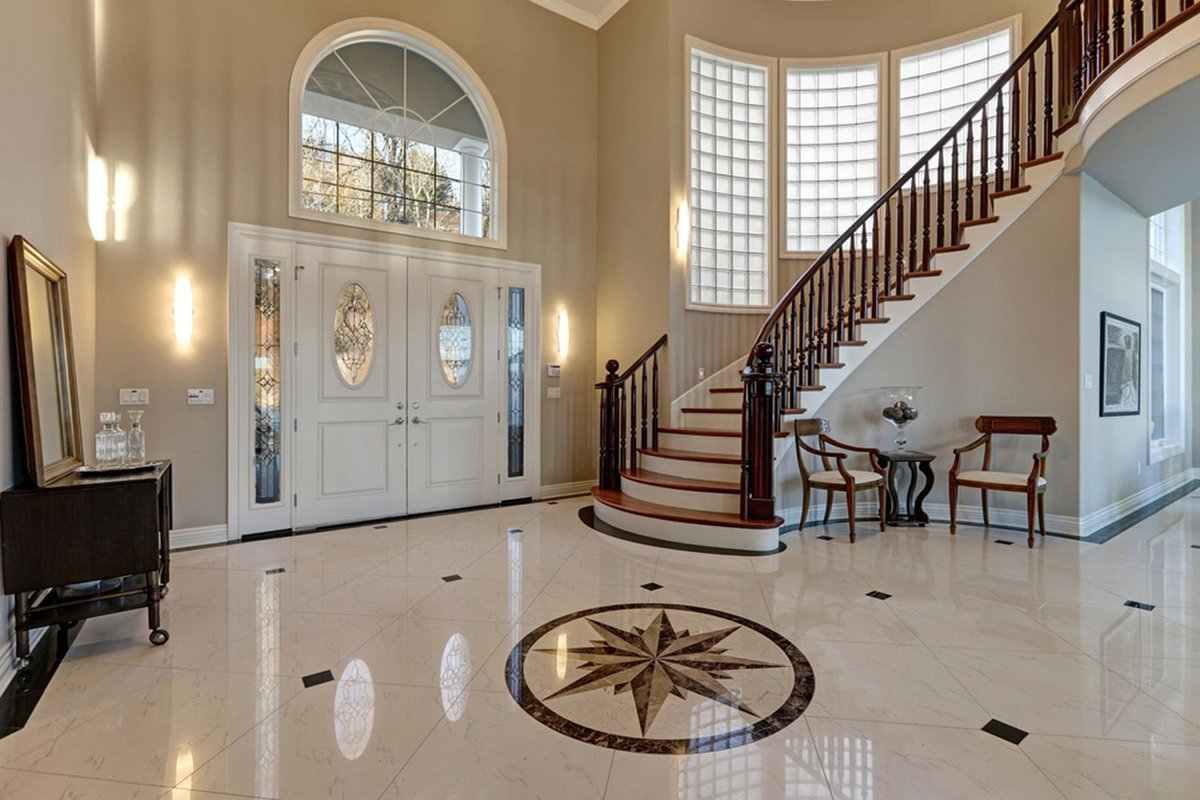
There are a number of artificial materials like porcelain tiles that can be used to create an appearance that is similar to that of marble and, to a lesser extent, granite
Marble and granite, on the other hand, are formed as a result of intricate processes that take millions of years and take place deep inside the earth
As a result, the pattern and color of these natural stones can display striking variances that a manufactured product can never replicate
Even though hardwood and carpet are still the most popular choices for flooring materials, natural stone flooring has been gaining popularity recently due to its beauty and durability
When it comes to flooring materials, natural stone is among the most opulent options that you have available to you
Consider installing it in the foyer
In point of fact, natural stone is no longer restricted to being used just in commercial structures; nowadays, homeowners also have access to it, and designers are embracing the upscale appearance it provides
Marble and granite are two of the most well-liked choices when it comes to using stone in residential construction
Both of these materials are typically considered to be more suited for use as countertop materials; nevertheless, they are also good choices for use as the flooring material
The following is a list of some of the advantages offered by each type of material in order to assist you in making an educated choice regarding which one is ideal for you
Granite is the greater option when it comes to durability, despite the fact that marble flooring is more common and therefore causes us to think of it as a superior flooring material
Granite is less susceptible to damage from acidic substances, making it an ideal material for kitchen counters
Additionally, granite requires less upkeep than marble does
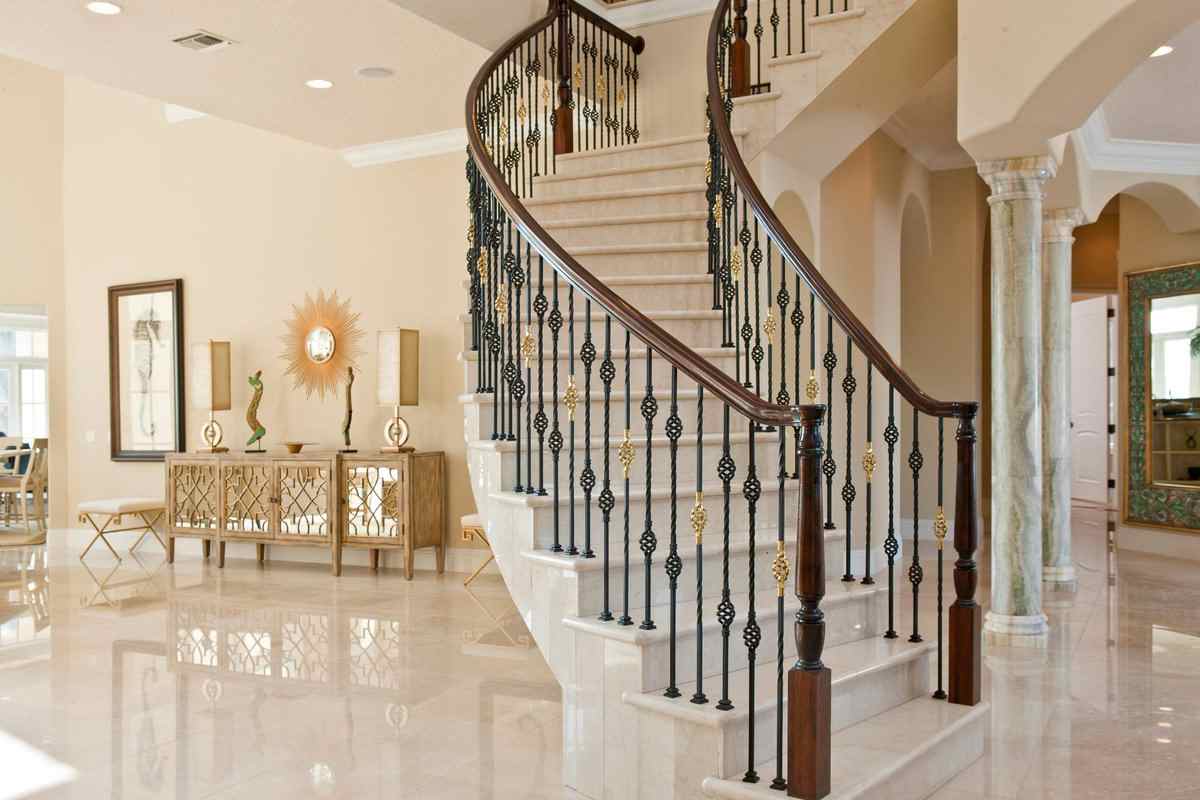
Granite is superior to marble in terms of its resistance to scratching, making it an ideal material for use in outdoor applications
Marble, in contrast to granite, is porous and rather soft, making it an ideal material for more formal spaces like your foyer
Granite is so durable that it may be utilized in almost any part of the house
Granite and marble are both noted for their extraordinary beauty and ability to impart a feeling of luxury within a home; yet, there is a significant distinction between the way granite and marble seem to the naked eye
Granite can be found in an extremely wide range of colors, but it is typically spotted and mottled, and no two granite slabs will ever look exactly the same
The various rocks and minerals that can be found in granite
In the same way as quartz does, give it a delicate glitter
Marble is easily recognized by its distinctive veining and wavy patterns of varying colors
Typically, the backdrop color is white, grey, or cream, and there are veins of darker colors flowing throughout the tiles
When polished, marble often has a finish that is matte and smooth, but granite has a tendency to have a very glossy appearance when polished
Granite and marble are both considered to be premium flooring materials, and their prices, which include installation, can range anywhere from $40 to $150 per square foot
The cost can be very different depending on the type of stone that you decide to purchase
In the end, marble and granite flooring are both visually stunning, long-lasting, and undeniably luxurious options for flooring
Marble and granite are also both popular choices
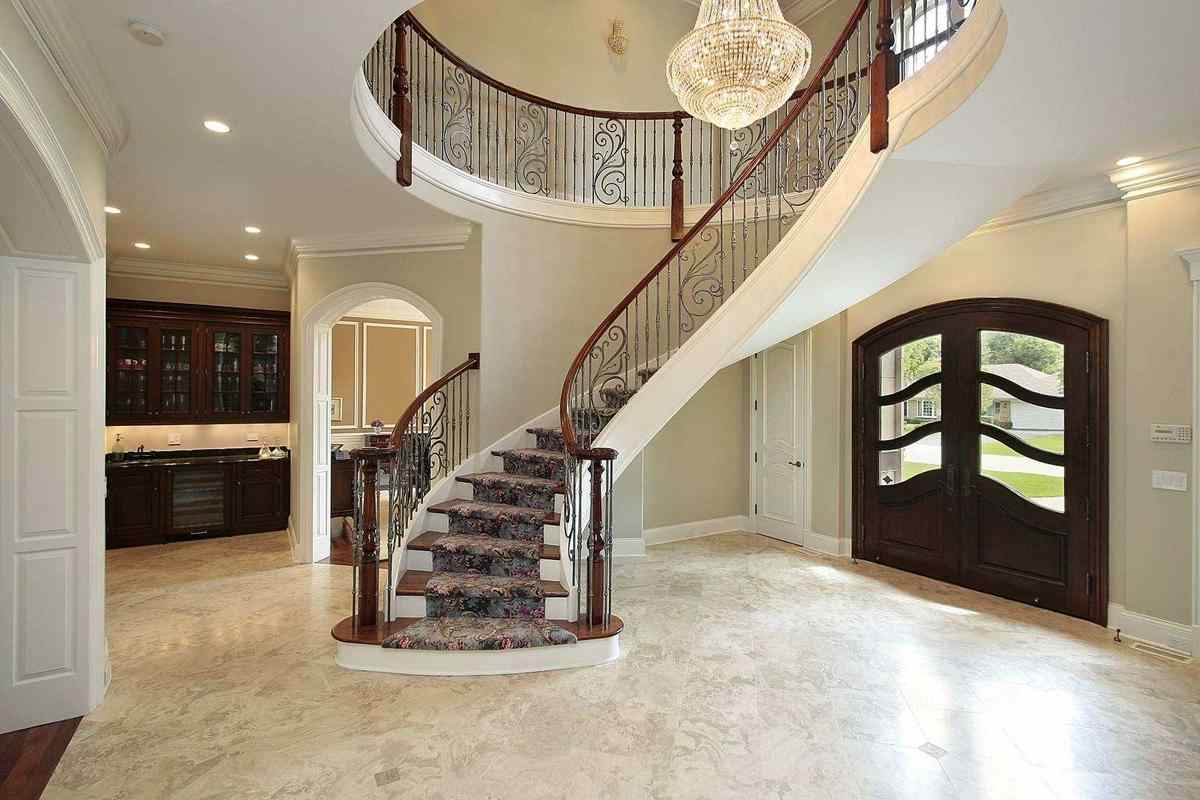
Granite is a hard material that takes little upkeep because it is simple to clean and only needs to be resealed once a year
If you are looking for such material, consider granite
Marble is an excellent material to use for the foyer of your home if you desire a design that is timeless, lavish, and sophisticated

